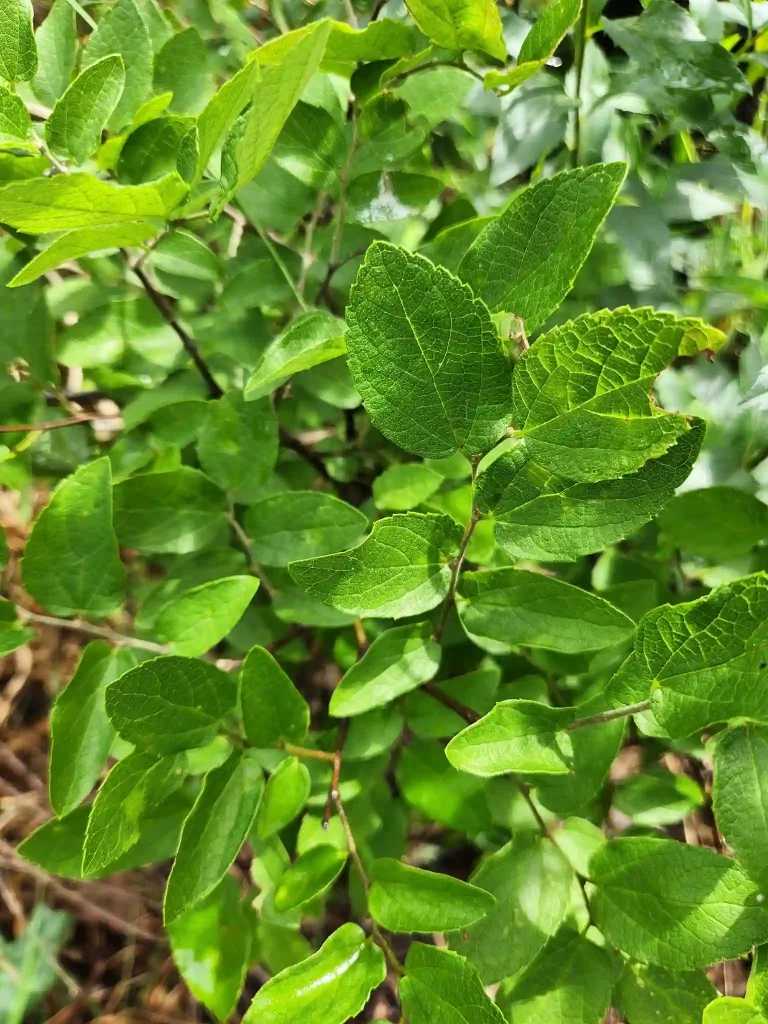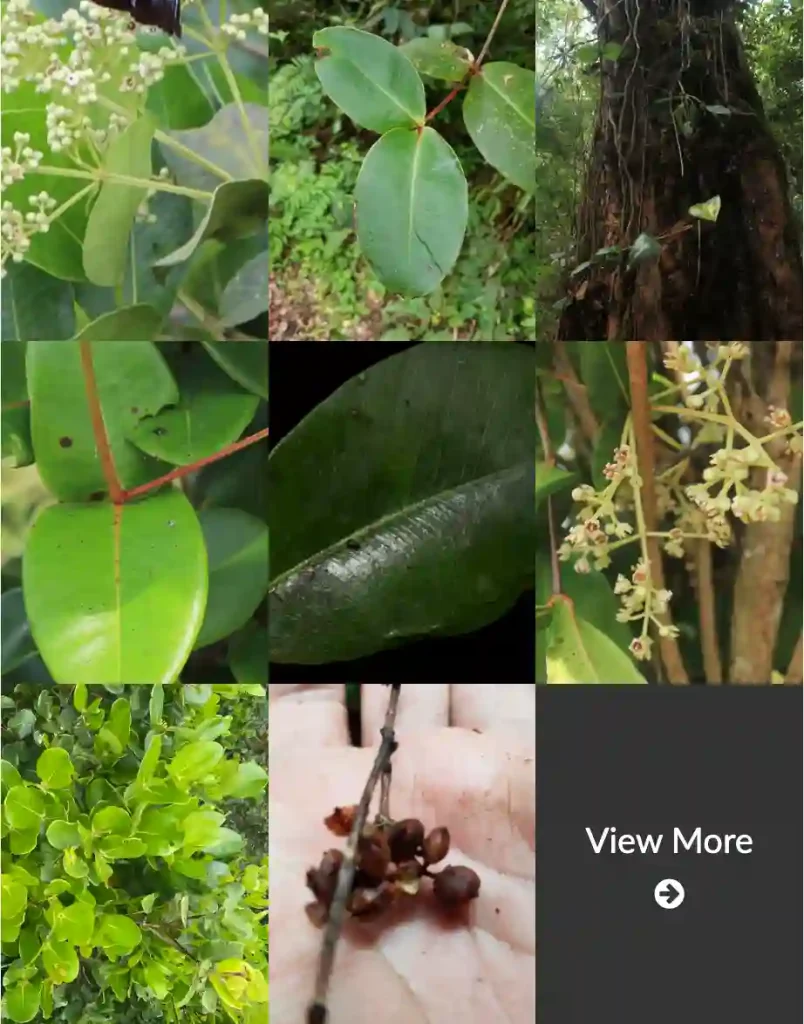FAQs About Pyrostegia Venusta
As a passionate gardener, I’ve had my fair share of experiences with various plants, and Pyrostegia Venusta, also known as the Flame Vine or Orange Trumpet Creeper, stands out as a vibrant and striking choice. If you’re considering adding this plant to your garden or simply curious about it, you might have some questions. Here’s a comprehensive guide to help you out.
What Is Pyrostegia Venusta?
Pyrostegia Venusta is a vigorous, evergreen climbing plant belong to the Bignoniaceae family, native to Brazil. It’s renowned for its stunning display of orange trumpet-shaped flowers that bloom profusely, typically from late fall to early winter. The plant is a favorite among gardeners who want to add a splash of color to their landscapes during the colder months.
Plant Family: 79 Genera in Bignoniaceae
How to Grow Pyrostegia Venusta?
Growing Pyrostegia Venusta is relatively straightforward if you can provide the right conditions. Here’s what I’ve learned about successfully cultivating this beautiful vine:
- Location: Choose a sunny spot with full sun exposure for at least six hours a day. Pyrostegia Venusta thrives in bright light, which promotes its vigorous growth and abundant flowering.
- Soil: Plant it in well-draining soil. While it can tolerate a range of soil types, a loamy, slightly acidic to neutral soil is ideal. Ensure the soil retains some moisture but isn’t waterlogged.
- Space: This plant can grow quite large, so provide ample space for it to spread. It works well on trellises, fences, or arbors where it can climb and cascade beautifully.
- Watering: Regular watering is crucial, especially during the growing season. Keep the soil consistently moist but not soggy. Reduce watering during the winter when the plant’s growth slows down.
- Fertilizing: Feed your Pyrostegia Venusta with a balanced, all-purpose fertilizer every few weeks during the growing season to encourage healthy growth and vibrant blooms.
How to Propagate Pyrostegia Venusta?
If you’re eager to propagate Pyrostegia Venusta, here’s the method I’ve found most effective:
- Cuttings: The best time to take cuttings is in late spring or early summer. Select a healthy, non-flowering shoot, and cut a section about 4-6 inches long. Remove the lower leaves and dip the cut end into rooting hormone.
- Planting: Insert the cutting into a pot filled with a mix of peat and perlite. Keep the soil moist and place the pot in a warm, bright location. Roots should develop in a few weeks.
- Transplanting: Once the cuttings have established roots and new growth appears, they can be transplanted into larger pots or directly into the garden.
Is Pyrostegia Venusta Poisonous?
One common question is whether Pyrostegia Venusta is poisonous. The good news is that it is not considered toxic to humans or pets. However, it’s always a good practice to ensure pets and children don’t ingest any plant material, as some non-toxic plants can still cause minor digestive upset if consumed in large quantities.
Where to Buy Pyrostegia Venusta?
You can find Pyrostegia Venusta at various plant nurseries and garden centers. Here are some tips for purchasing this plant:
- Local Nurseries: Check with local nurseries or garden centers, especially those that specialize in tropical or climbing plants.
- Online Retailers: Many online garden stores offer Pyrostegia Venusta. Make sure to buy from reputable sellers who provide healthy plants and offer secure shipping options.
- Specialty Growers: Some specialty growers and botanical gardens might have this plant available, especially if they focus on tropical or exotic species.
How to Care for Pyrostegia Venusta?
Proper care is essential for maintaining the health and beauty of Pyrostegia Venusta. Here’s what I’ve found crucial:
- Pruning: Regular pruning helps manage its growth and encourages more blooms. Prune after flowering to maintain its shape and remove any dead or diseased stems.
- Pest and Disease Management: Keep an eye out for common pests like aphids or spider mites. Regularly inspect the plant and treat any infestations promptly.
- Winter Care: In colder regions, provide some winter protection. While Pyrostegia Venusta is hardy in tropical and subtropical climates, it may need some extra care in cooler areas.
What to Plant With Pyrostegia Venusta?
Pyrostegia Venusta pairs well with other plants that complement its vibrant flowers. Consider planting:
- Green Foliage Plants: The bright orange flowers contrast beautifully with lush green foliage, so consider plants like ferns or hostas.
- Low-Growing Perennials: Plants like lantana or marigolds can create a colorful base beneath the vine.
- Other Climbers: Pair it with other climbing plants like Bougainvillea or Clematis for a diverse vertical garden.
Can You Grow Pyrostegia Venusta Indoors?
While Pyrostegia Venusta is typically grown outdoors, it can be grown indoors if provided with the right conditions. Ensure it gets plenty of light and has enough space to climb. Indoor growth may be less vigorous and flowering might not be as prolific as it is outdoors.
Benefits of Pyrostegia Venusta
In addition to its stunning appearance, Pyrostegia Venusta offers several benefits:
- Attractive to Pollinators: Its bright flowers attract bees, butterflies, and hummingbirds, adding life to your garden.
- Evergreen Foliage: The plant provides year-round greenery, enhancing the visual interest of your garden even when it’s not in bloom.
- Privacy Screen: Its rapid growth and dense foliage make it an excellent choice for creating natural screens or barriers.
Common Problems with Pyrostegia Venusta
Despite its hardiness, Pyrostegia Venusta can face a few challenges:
- Overwatering: Too much water can lead to root rot. Ensure proper drainage and avoid waterlogged soil.
- Pest Issues: Watch for aphids and mites, which can affect the plant’s health. Regular inspection and treatment can keep pests in check.
- Fungal Diseases: In humid conditions, fungal diseases can occur. Ensure good air circulation and avoid overhead watering to reduce the risk.
In conclusion, Pyrostegia Venusta is a fantastic addition to any garden with its striking appearance and hardy nature. By following these tips on growing, propagating, and caring for it, you can enjoy its vibrant blooms and benefits year-round.
If i die, water my plants!



